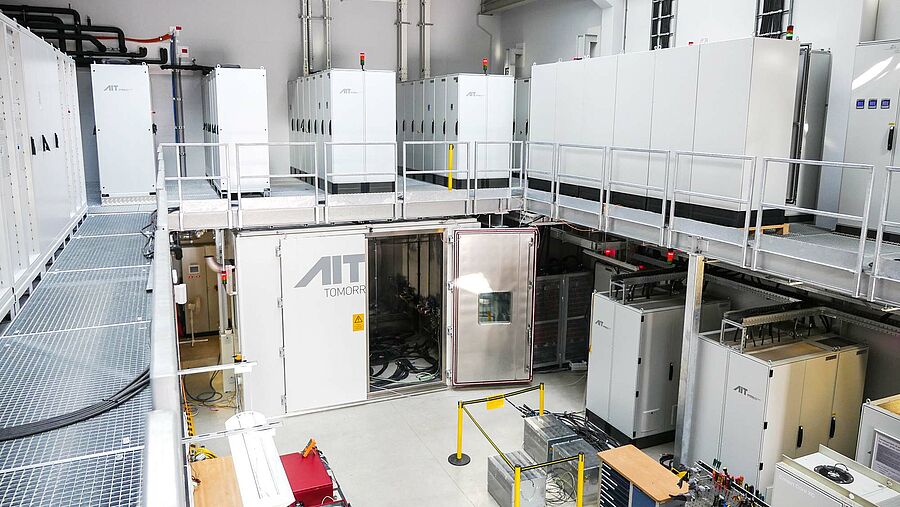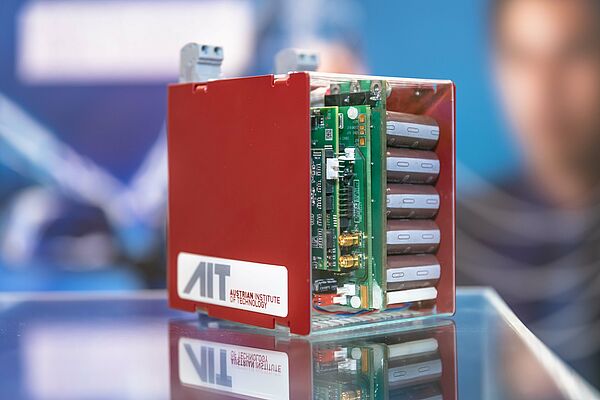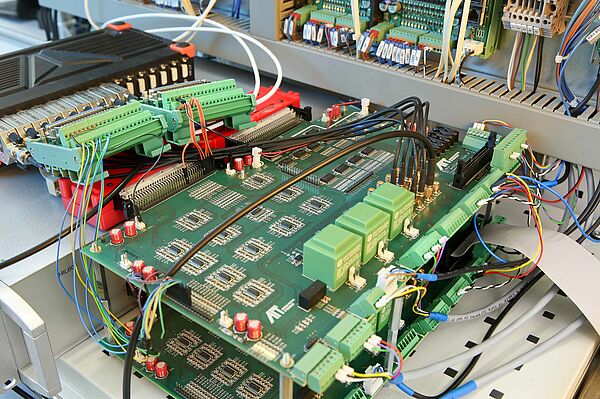WIDE BAND GAP SEMICONDUCTORS
Wide Band Gap (WBG) semiconductors such as Silicon Carbide (SiC) MOSFETs and Gallium Nitride (GaN) Transistors are a potential enabler for power electronic converters heading towards greener energy transmission (reduced switching and/or conduction losses), ultra-high-power density capability (diminished losses and higher maximum operating temperature) and reduced system complexity (due to enhanced maximum voltage blocking capacity).
Features and Capabilities
Wide Band Gap materials normally come with a number of superior material characteristics compared to standard silicon. In theory, this facilitates WBG based semiconductors to operate at (i) higher maximum chip temperature, (ii) improved power density of devices, (iii) reduced semiconductor losses, (iv) increased system dynamic due to higher switching frequency operation and (v) a more compact chip size for the same maximum blocking voltage rating of silicon devices or a higher blocking voltage compared to similar silicon chip dimensions.
Our services
AIT offers WBG based solutions for different applications or technical fields such as AC/DC, DC/DC and DC/AC converters for PV-, wind power-, EV charging-, powertrain-, data centre-, aviation-, space- or shipboard applications.
- Testing new WBG components and packages:
- Implementation of testbenches
- Verification of parameters (ringing, switching and conduction losses)
- Hybridization of WBG and/or silicon components
Design Support for WBG converters
- Analytic pre-design
- 2-level, multi-level and multi-cell topologies
- Single- and three-phase accessibility
- Low- and medium-power systems
- Stacked and/or paralleled solutions for maximized system power density
- Cooling design support
- Input/output filter and magnetics design
Prototypical Implementation and Verification/Testing
- Schematic and layout (ORCAD or equivalent PCB design software) design or support
- First operation of solutions
- Extensive testing of systems
- Verification & lab testing report
To develop and validate new distributed energy resources (DER) by means of controller hardware-in-the-loop (c-HIL) methods, the power electronics part is modelled within a real-time system and is connected to the control panel via a customized interface. Such a setup allows advanced testing of the control system of a DER converter and its high-level grid functions. Potential applications for c-HIL methods range from AC to AC, AC to DC, DC to AC and DC to DC power electronic converters, scalable for any power rating.
Our Service
Interface Design and Model Development
Our experts support with the design of customized real time system interfaces and the development of C-HIL models:
- Design of a custom interface between the real-time system emulator and target controller hardware
- Hands on experience with the leading real-time-system vendors such as Opal RT, PLECS RT Box, Typhoon HIL
- C-HIL target application model development (e.g. PV inverter, energy storage systems, active harmonics filter microgrid, MVAC, MVDC, HVDC, smart grid and power system applications)
Controller Design and Development Support
With a longstanding experience in the field of power electronics design and testing, AIT offers following services:
- Providing AIT real-time-system environment
- Controls development from Off-line to Real-Time Simulation
- Rapid prototyping of controller systems within AIT controller or at user target control platform
Testing and Validation
The testing and validation is supported by:
- Design pre-certification testing and validation utilizing HIL technology
- Design validation testing in the lab
- Extended C-HIL test with different grid models under extreme grid conditions
- Development of Python script-based, fully automated and application specific test procedures





![[Translate to English:] Hardware in the loop Validation [Translate to English:] Hardware in the loop Validation Visualisierung](/fileadmin/_processed_/a/1/csm_Hardware_in_the_loop_validation_neu_1_6243142e50.png)
![[Translate to English:] Smartest Lab [Translate to English:] Bild vom Smartest Lab](/fileadmin/_processed_/d/a/csm_smartest_web_0f6870a942.jpg)
![[Translate to English:] Power Electronics [Translate to English:] Platine mit AIT Logo](/fileadmin/_processed_/0/9/csm_PowerElectronics____dd07eeb1d1.jpg)

